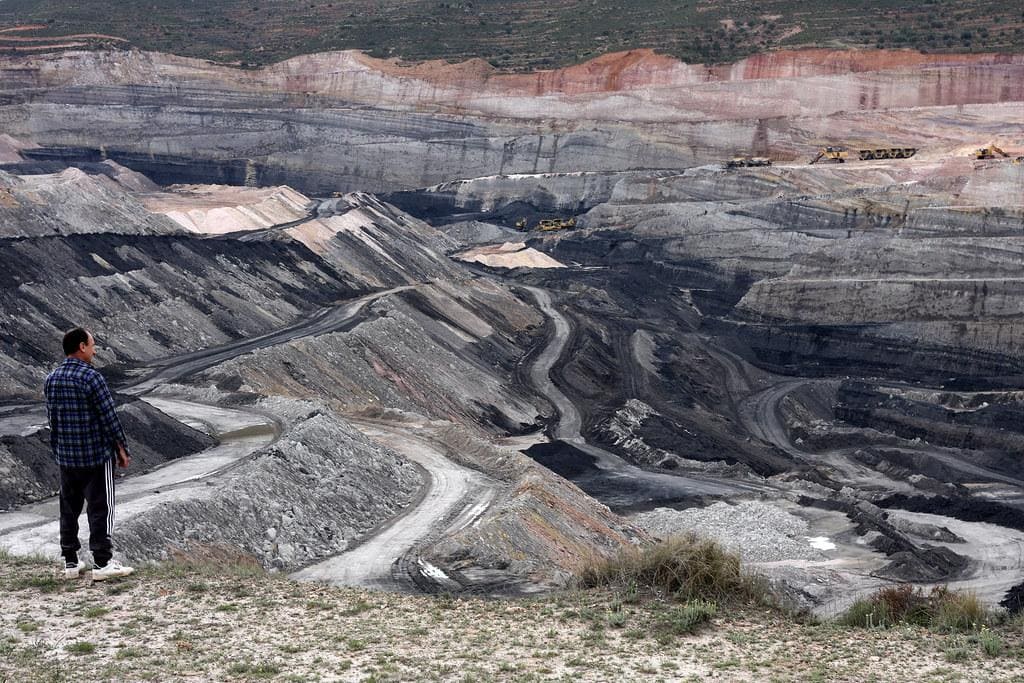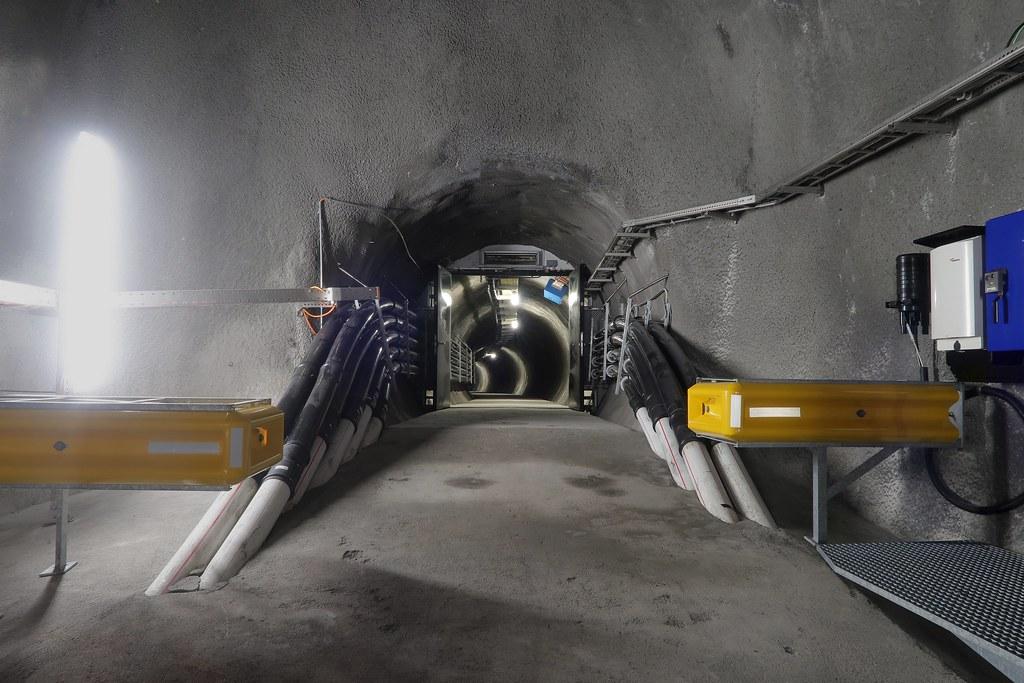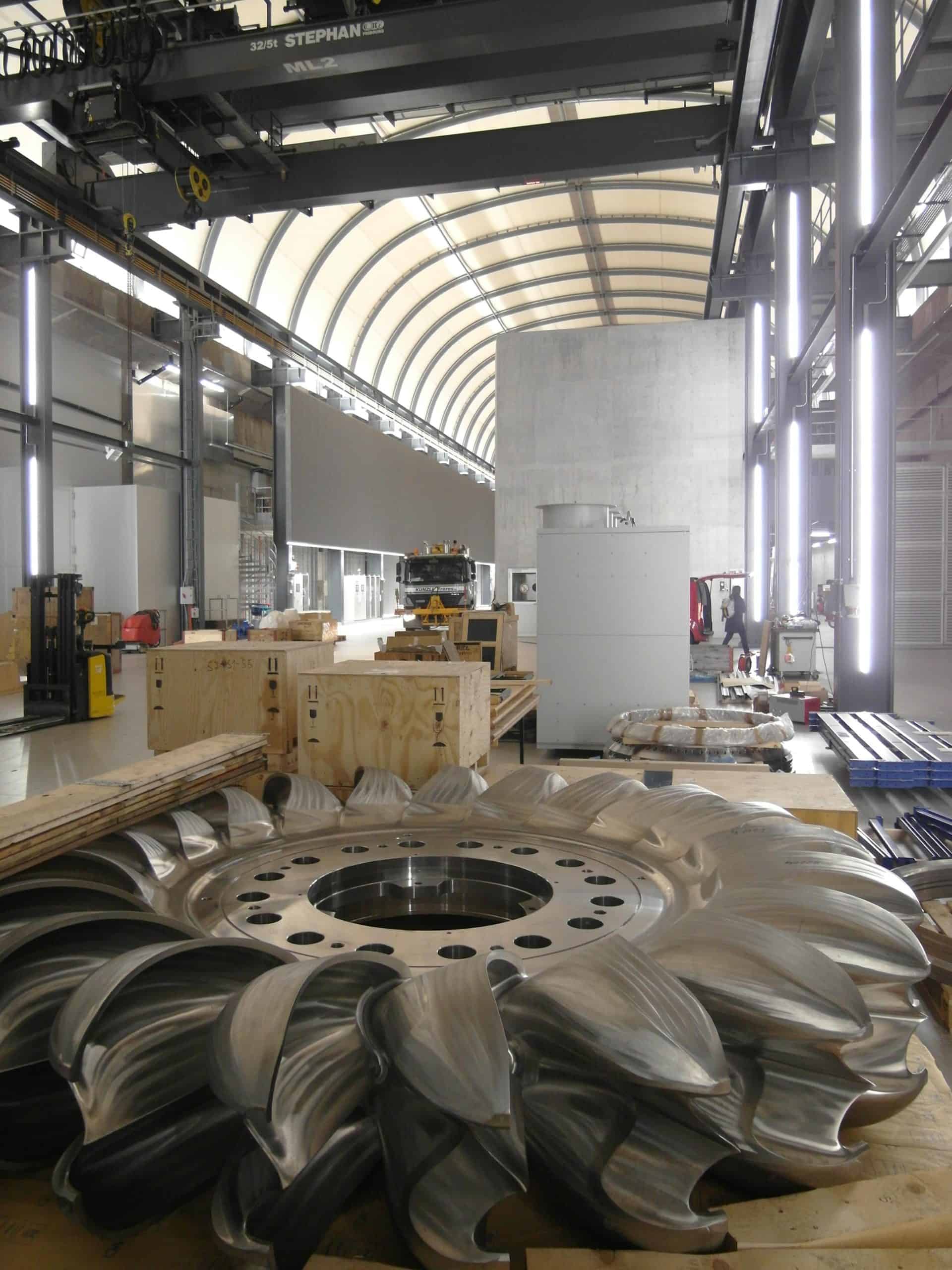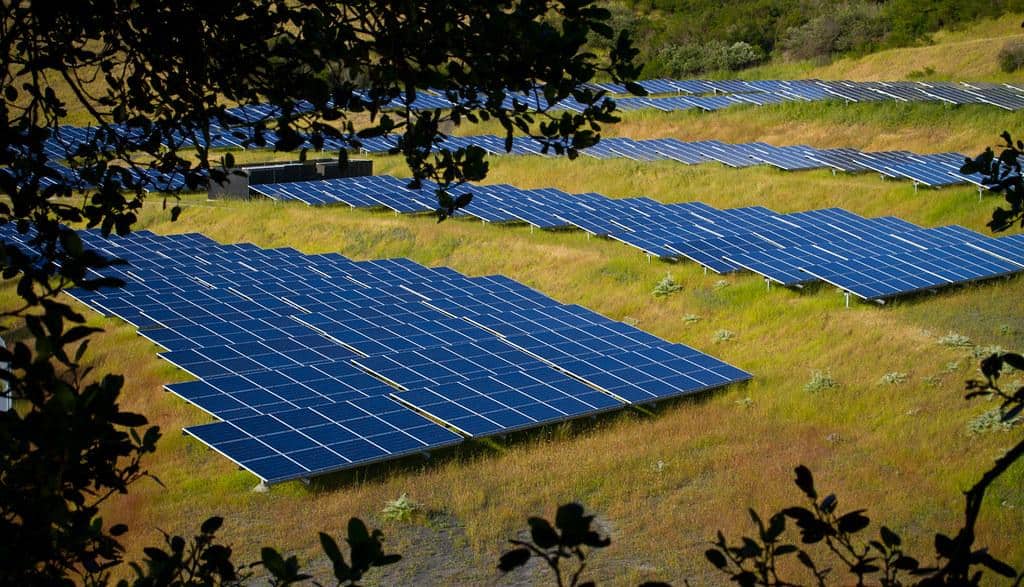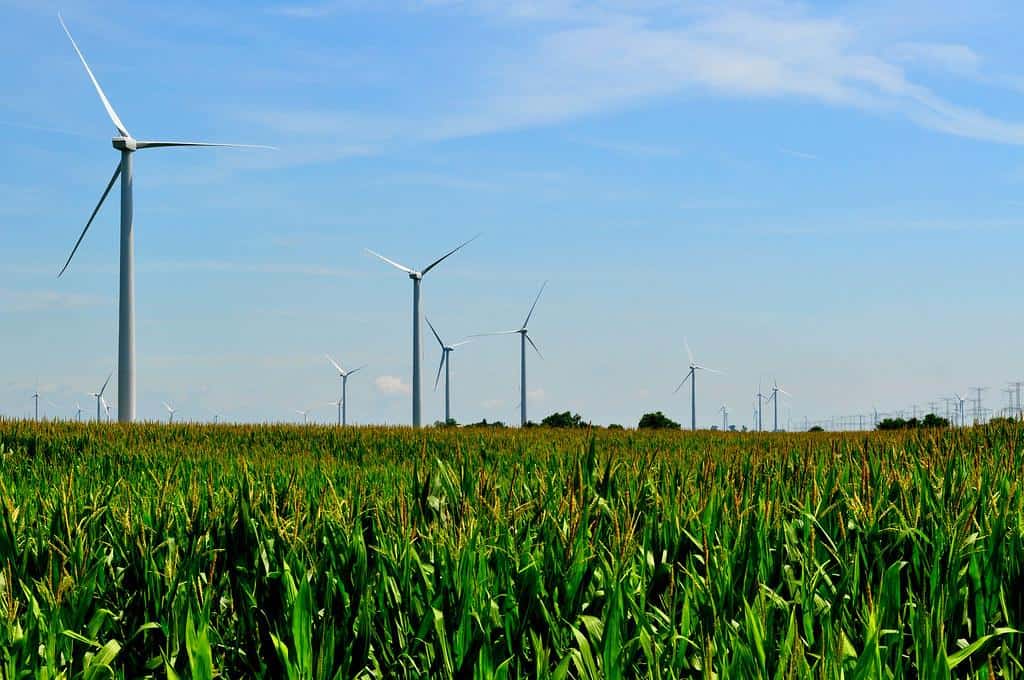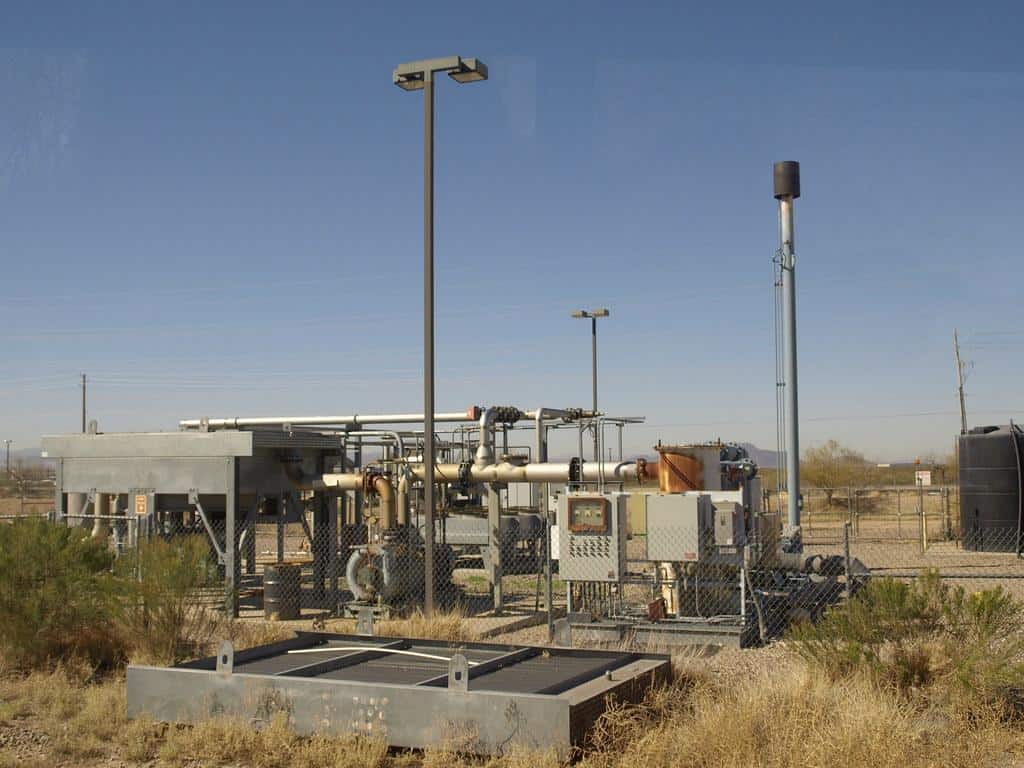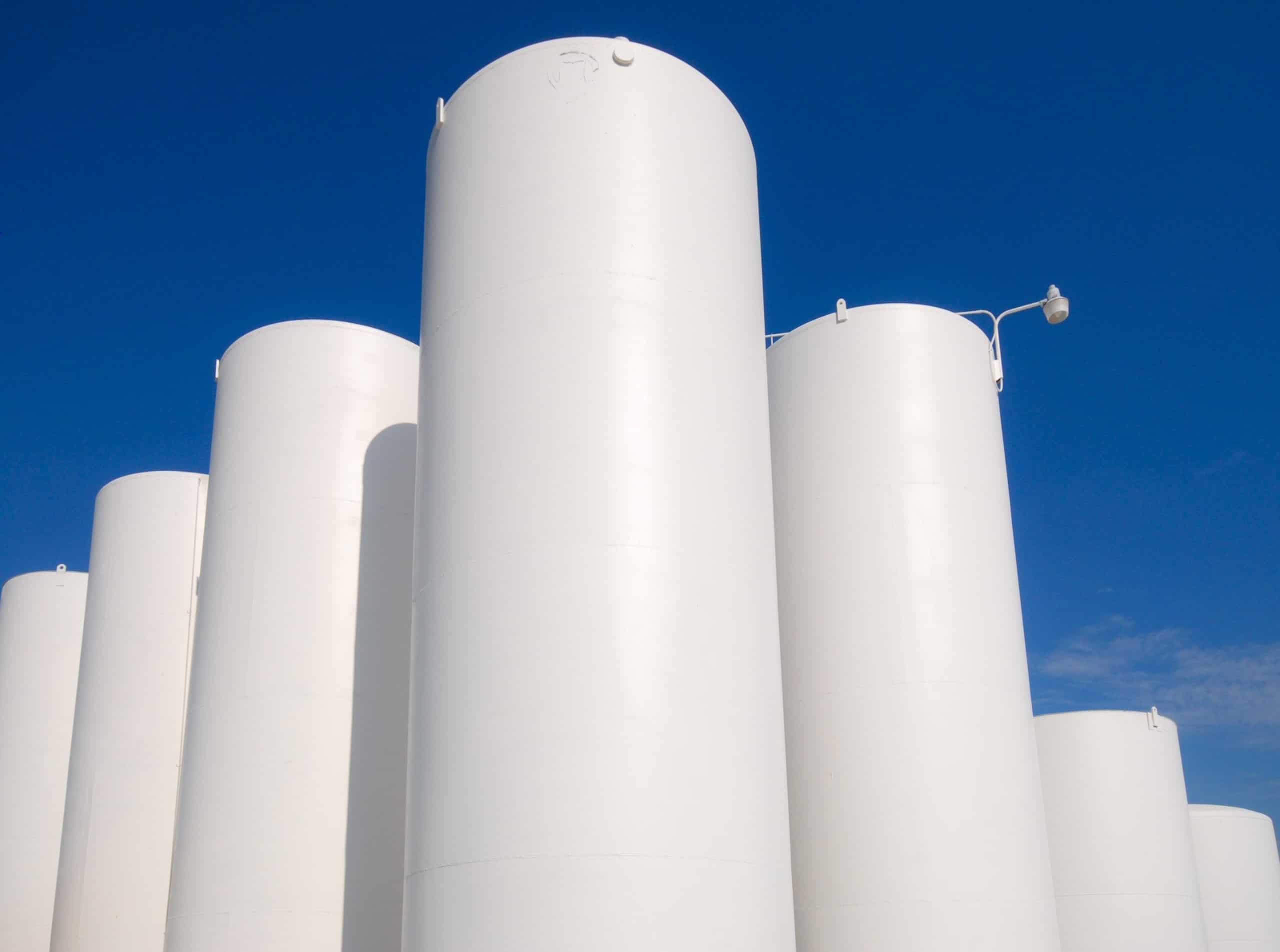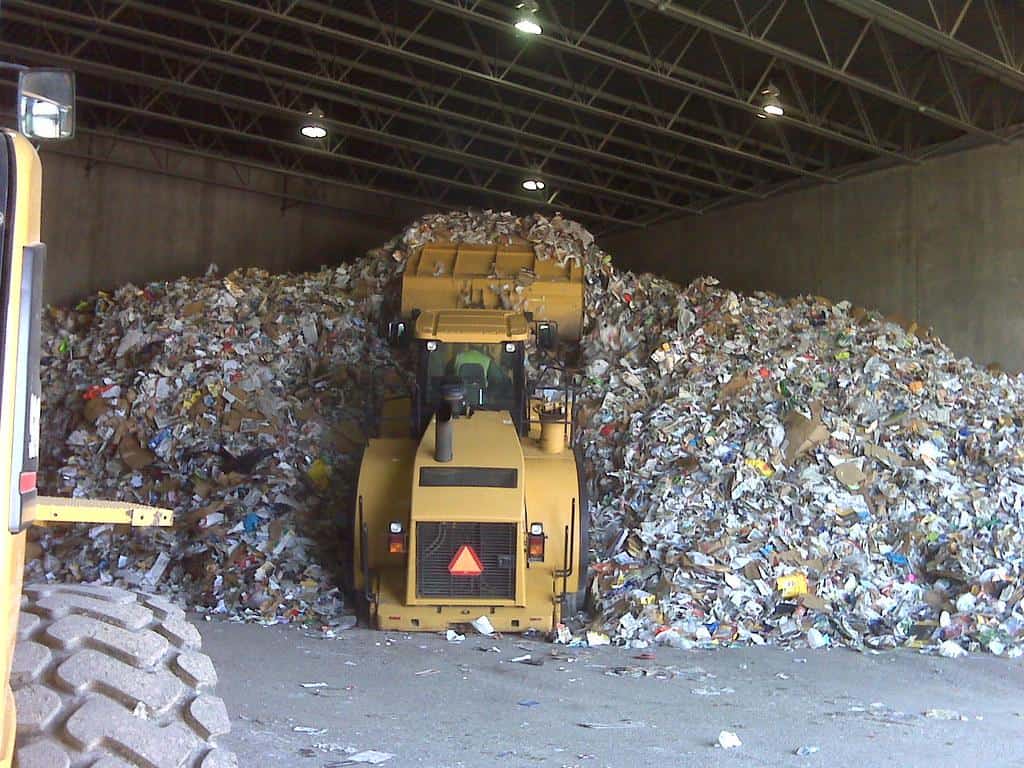
24/7 Wall St. Insights
- To mitigate the effects of climate change, the Biden administration is aiming to make the U.S. power grid emissions-free by 2035.
- However, state governments have broad discretion over their energy policy, while some are prioritizing emissions reduction, others remain heavily dependent on fossil fuels.
- Currently, South Carolina stands out as a leader in clean energy production but remains a heavy polluter.
- Also: 2 Dividend Legends to Hold Forever
Generating over 6.3 billion metric tons of harmful greenhouse gasses in 2022, the U.S. pollutes more than any other country except China. That same year, the electric power sector alone accounted for about 25% of America’s air pollution, according to the Environmental Protection Agency.
With climate change as a leading global threat, many countries are taking action to reduce emissions. In the United States, President Joe Biden set a goal of achieving an emissions-free power grid by 2035 — largely by cutting U.S. dependence on dirty power sources, like coal, and increasing our reliance on clean, renewable sources. (Here is a look at 11 American companies on the cutting edge of renewable technology.)
In the last 10 years alone, the amount of electricity produced in coal-fired power plants has fallen by over 57% in the United States, from 1.6 billion megawatt-hours in 2014 to 675.1 million megawatt-hours in 2023. Over the same period, electricity production from wind and solar farms nearly tripled, from 199.3 million megawatt-hours to 586.7 megawatt-hours. The shift has had a meaningful impact, as emissions from electric power generation have fallen by nearly 24% in the U.S. since 2014, according to the U.S. Energy Information Administration.
The federal government has a long way to go to achieve its ambitious energy goals, and doing so will require the cooperation of states. Every state has its own climate, geography, and natural resources — as well as broad authority over energy policy. Partially as a result, some states are doing far more to reduce the climate impact of their power grid than others. (Here is a look at the states where carbon emissions are skyrocketing.)
Among the 50 states, South Carolina stands out as one of only a few states that derives over half of its electricity from nuclear power plants. Unlike power plants that run on fossil fuels, nuclear plants do not create harmful greenhouse gas emissions while operating. Nuclear plants also generate power more efficiently than fossil fuel plants, or solar and wind farms, and can produce more electricity in a smaller physical space. However, because they use radioactive materials, each nuclear plant presents a risk of widespread air and water contamination. As a result, they require stringent building codes and highly trained operators. Nuclear facilities also generate waste that can remain radioactive for thousands of years.
Home to the Catawba, Oconee, and V.C. Summer Nuclear Stations, as well as the Robinson Nuclear Plant and Vogtle Electric Generating Plant, South Carolina is a national leader in nuclear energy, producing 55.6 million megawatt-hours of electricity in 2023 alone — equal to over half of the state’s energy mix. South Carolina is also heavily dependent on coal and natural gas, however, and these sources alone accounted for nearly 99% of the state’s 24.9 million metric tons of harmful electric grid emissions in 2022.
This is how South Carolina generates electricity — and how much pollution its power grid produces. Electricity output is measured in megawatt-hours and harmful gas emissions are measured in metric tons. For context, a single megawatt-hour is enough to power an average American home for just over a month, and a metric ton is equal to about 2,205 pounds. All data is from the EIA.
Why It Matters

Electricity production is one of the heaviest polluting sectors in the United States. As demand for electricity continues to rise, much of the country is transitioning away from fossil fuels and toward clean and renewable energy sources to meet the Biden Administration’s climate change mitigation goals. South Carolina generates the bulk of its electric power from nuclear reactors, which do not emit harmful gasses. However, the state remains heavily dependent on fossil-fuel burning plants.
Coal
- Net-electricity production in 2023: 15.2 million megawatt-hours
- Coal as share of South Carolina’s power grid: 15.02% of net-electricity production
- Harmful gas emissions from coal in 2022: 13.9 million metric-tons of nitric oxide, nitrogen dioxide, carbon dioxide, and sulfur dioxide
- Coal as share of harmful gas emissions from electricity production in South Carolina: 55.98%
- South Carolina’s coal infrastructure in 2023: 11 generators, 4 facilities
Hydroelectric
- Net-electricity production in 2023: 2.2 million megawatt-hours
- Hydroelectric as share of South Carolina’s power grid: 2.18% of net-electricity production
- Harmful gas emissions from hydroelectric in 2022: None
- Hydroelectric as share of harmful gas emissions from electricity production in South Carolina: 0%
- South Carolina’s hydroelectric infrastructure in 2023: 100 generators, 30 facilities
Natural gas
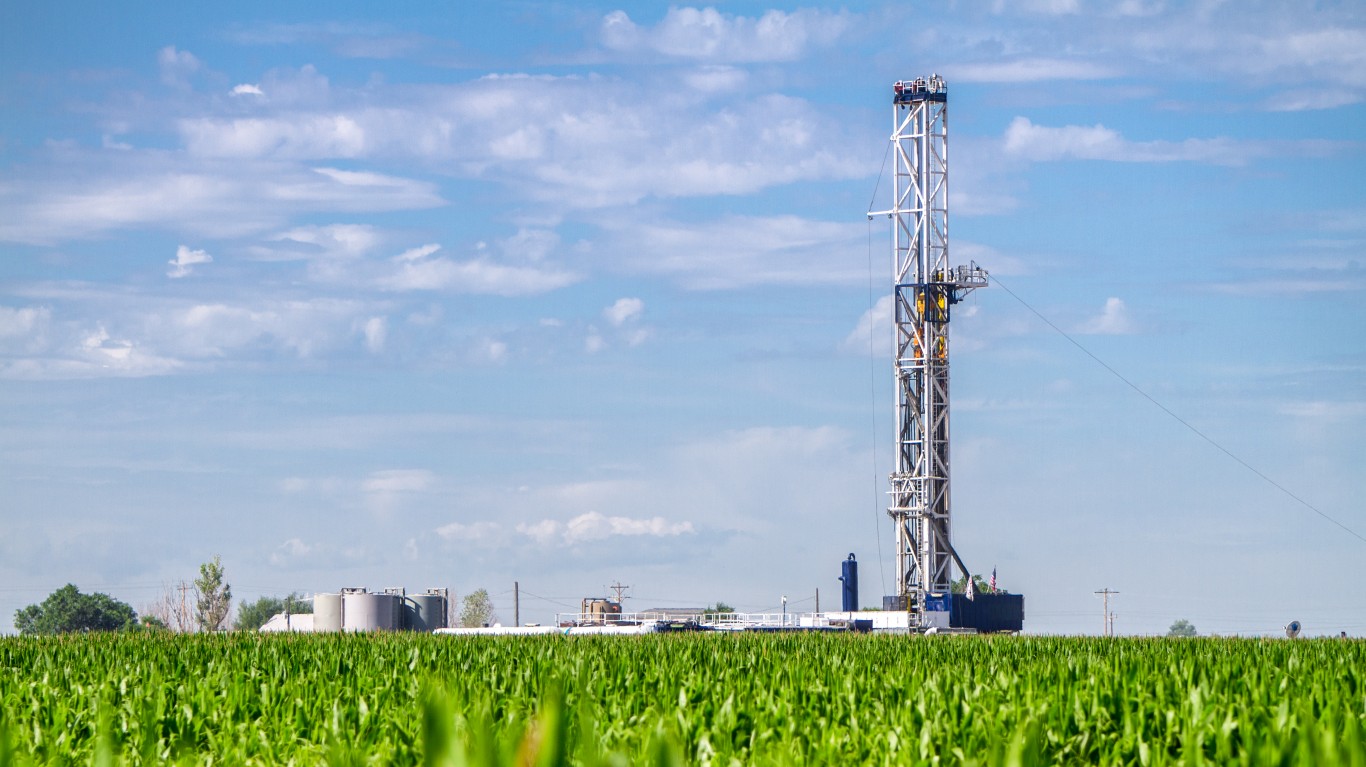
- Net-electricity production in 2023: 23.7 million megawatt-hours
- Natural gas as share of South Carolina’s power grid: 23.49% of net-electricity production
- Harmful gas emissions from natural gas in 2022: 10.6 million metric-tons of nitric oxide, nitrogen dioxide, carbon dioxide, and sulfur dioxide
- Natural gas as share of harmful gas emissions from electricity production in South Carolina: 42.66%
- South Carolina’s natural gas infrastructure in 2023: 63 generators, 21 facilities
Nuclear
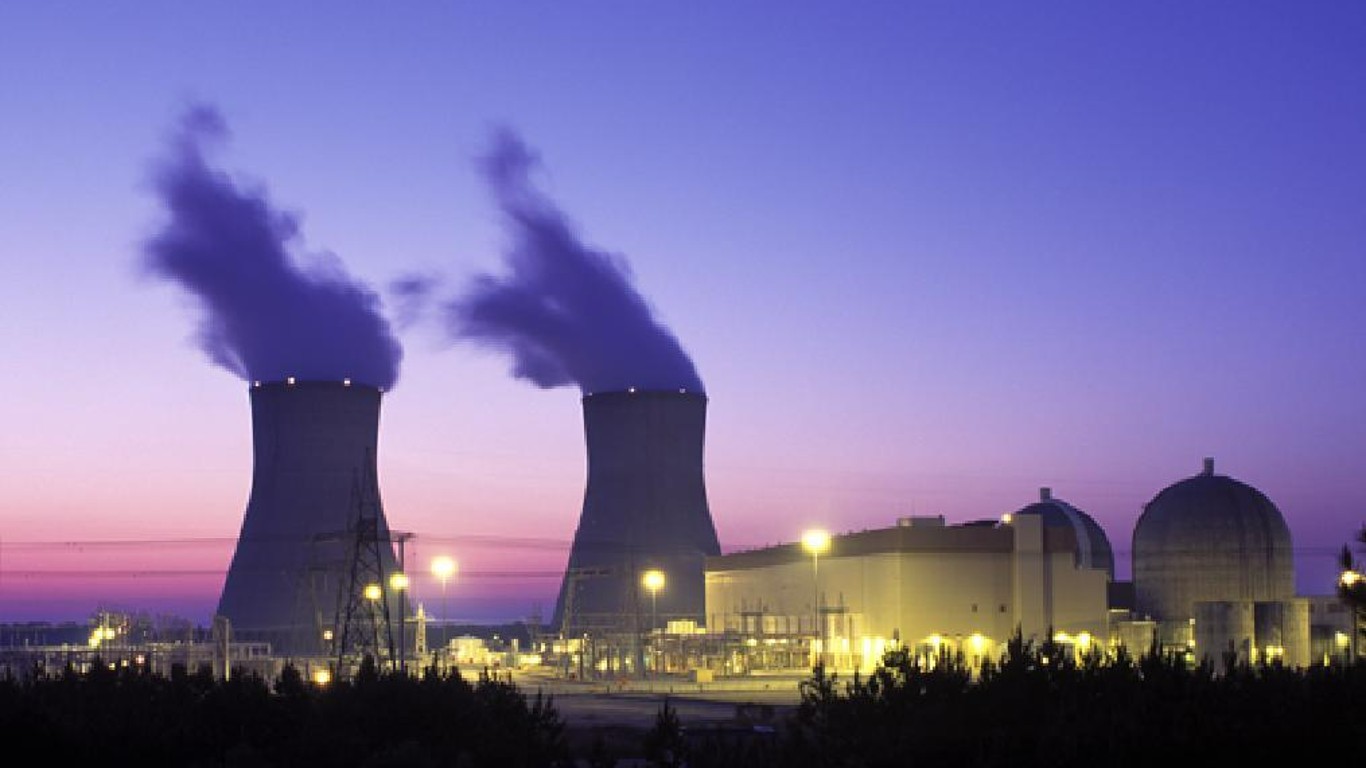
- Net-electricity production in 2023: 55.6 million megawatt-hours
- Nuclear energy as share of South Carolina’s power grid: 55.15% of net-electricity production
- Harmful gas emissions from nuclear energy in 2022: None
- Nuclear energy as share of harmful gas emissions from electricity production in South Carolina: 0%
- South Carolina’s nuclear energy infrastructure in 2023: 7 generators, 4 facilities
Petroleum
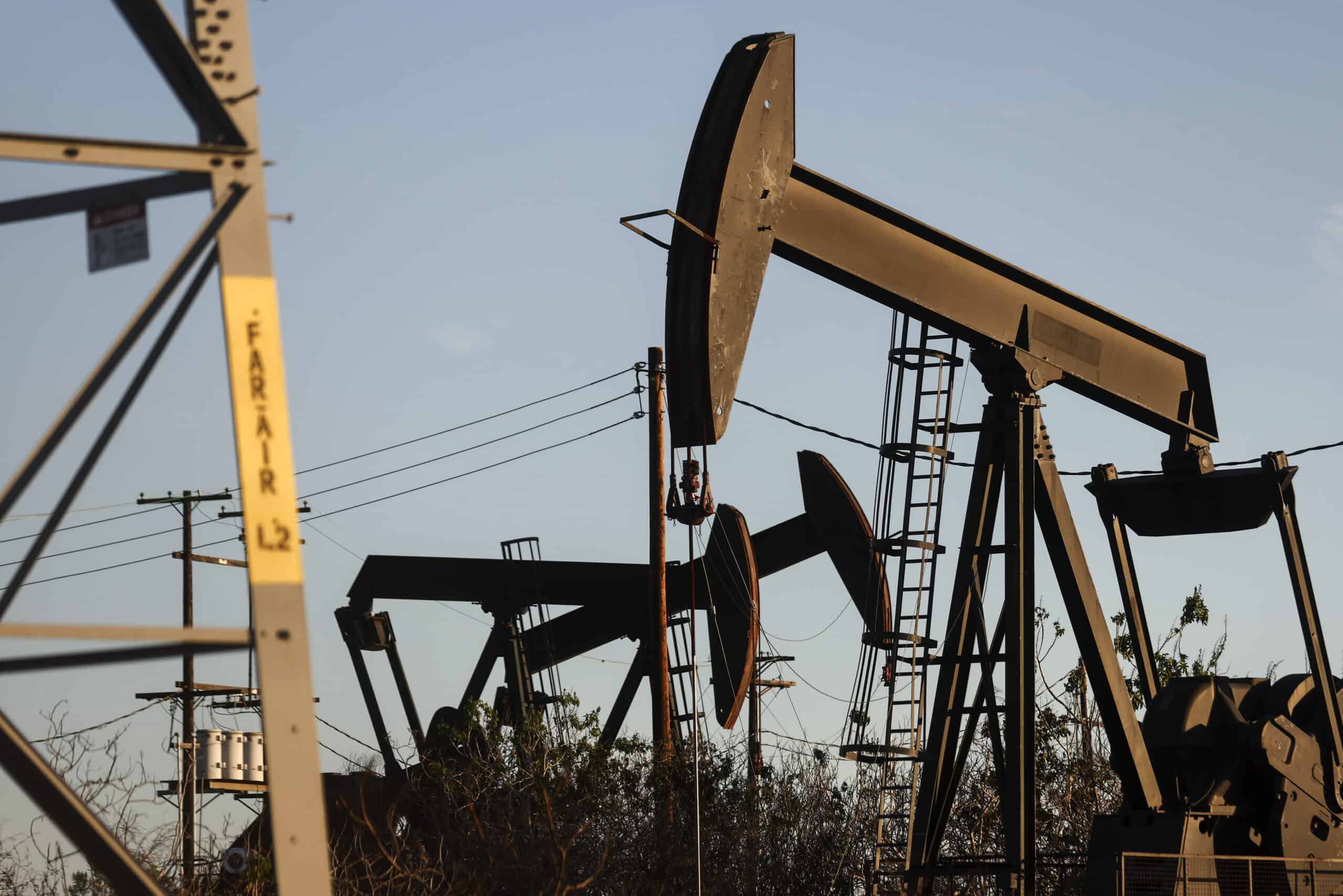
- Net-electricity production in 2023: 96,064 megawatt-hours
- Petroleum as share of South Carolina’s power grid: 0.10% of net-electricity production
- Harmful gas emissions from petroleum in 2022: 187,657 metric-tons of nitric oxide, nitrogen dioxide, carbon dioxide, and sulfur dioxide
- Petroleum as share of harmful gas emissions from electricity production in South Carolina: 0.75%
- South Carolina’s petroleum infrastructure in 2023: 37 generators, 15 facilities
Pumped storage
- Net-electricity production in 2023: -454,445 megawatt-hours
- Pumped storage as share of South Carolina’s power grid: -0.45% of net-electricity production
- Harmful gas emissions from pumped storage in 2022: None
- Pumped storage as share of harmful gas emissions from electricity production in South Carolina: 0%
- South Carolina’s pumped storage infrastructure in 2023: 16 generators, 3 facilities
Solar (thermal and photovoltaic)
- Net-electricity production in 2023: 2.8 million megawatt-hours
- Solar as share of South Carolina’s power grid: 2.74% of net-electricity production
- Harmful gas emissions from solar in 2022: None
- Solar as share of harmful gas emissions from electricity production in South Carolina: 0%
- South Carolina’s solar infrastructure in 2023: 112 generators, 111 facilities
Wind
- Net-electricity production in 2023: None
- Wind as share of South Carolina’s power grid: 0% of net-electricity production
- Harmful gas emissions from wind in 2022: None
- Wind as share of harmful gas emissions from electricity production in South Carolina: 0%
- South Carolina’s wind infrastructure in 2023: None
Wood and wood derived fuels
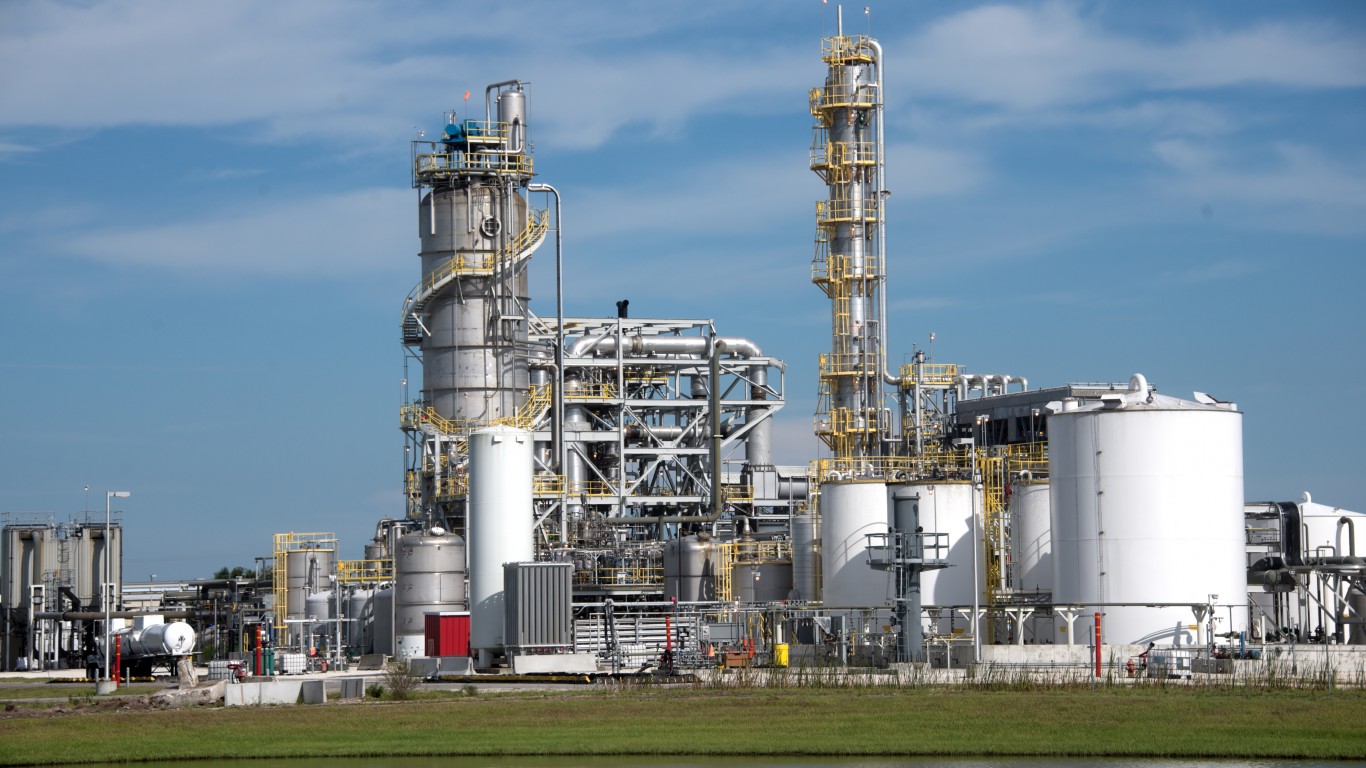
- Net-electricity production in 2023: 1.7 million megawatt-hours
- Wood fuels as share of South Carolina’s power grid: 1.64% of net-electricity production
- Harmful gas emissions from wood fuels in 2022: 13,273 metric-tons of nitric oxide, nitrogen dioxide, carbon dioxide, and sulfur dioxide
- Wood fuels as share of harmful gas emissions from electricity production in South Carolina: 0.05%
- South Carolina’s wood fuels infrastructure in 2023: 14 generators, 8 facilities
Other biomass (incl. agricultural byproducts, landfill gas, and sludge waste)
- Net-electricity production in 2023: 86,630 megawatt-hours
- Other biomass as share of South Carolina’s power grid: 0.09% of net-electricity production
- Harmful gas emissions from other biomass in 2022: 769 metric-tons of nitric oxide, nitrogen dioxide, carbon dioxide, and sulfur dioxide
- Other biomass as share of harmful gas emissions from electricity production in South Carolina: 0%
- South Carolina’s other biomass infrastructure in 2023: 20 generators, 9 facilities
Other gasses (incl. propane, blast furnace gas, and waste gas from fossil fuels)
- Net-electricity production in 2023: None
- Other gasses as share of South Carolina’s power grid: 0% of net-electricity production
- Harmful gas emissions from other gasses in 2022: None
- Other gasses as share of harmful gas emissions from electricity production in South Carolina: 0%
- South Carolina’s other gasses infrastructure in 2023: None
Other (incl. municipal solid waste, batteries, chemicals, and hydrogen)
- Net-electricity production in 2023: 44,490 megawatt-hours
- All other sources as share of South Carolina’s power grid: 0.04% of net-electricity production
- Harmful gas emissions from all other sources in 2022: 136,429 metric-tons of nitric oxide, nitrogen dioxide, carbon dioxide, and sulfur dioxide
- All other sources as share of harmful gas emissions from electricity production in South Carolina: 0.55%
- South Carolina’s all other sources infrastructure in 2023: 2 generators, 2 facilities
All sources

- Net-electricity production in 2023: 100.9 million megawatt-hours
- Harmful gas emissions from all sources in 2022: 24.9 million metric-tons of nitric oxide, nitrogen dioxide, carbon dioxide, and sulfur dioxide
- South Carolina’s all sources infrastructure in 2023: 382 generators, 200 facilities
It’s Your Money, Your Future—Own It (sponsor)
Retirement can be daunting, but it doesn’t need to be.
Imagine having an expert in your corner to help you with your financial goals. Someone to help you determine if you’re ahead, behind, or right on track. With SmartAsset, that’s not just a dream—it’s reality. This free tool connects you with pre-screened financial advisors who work in your best interests. It’s quick, it’s easy, so take the leap today and start planning smarter!
Don’t waste another minute; get started right here and help your retirement dreams become a retirement reality.
Thank you for reading! Have some feedback for us?
Contact the 24/7 Wall St. editorial team.
